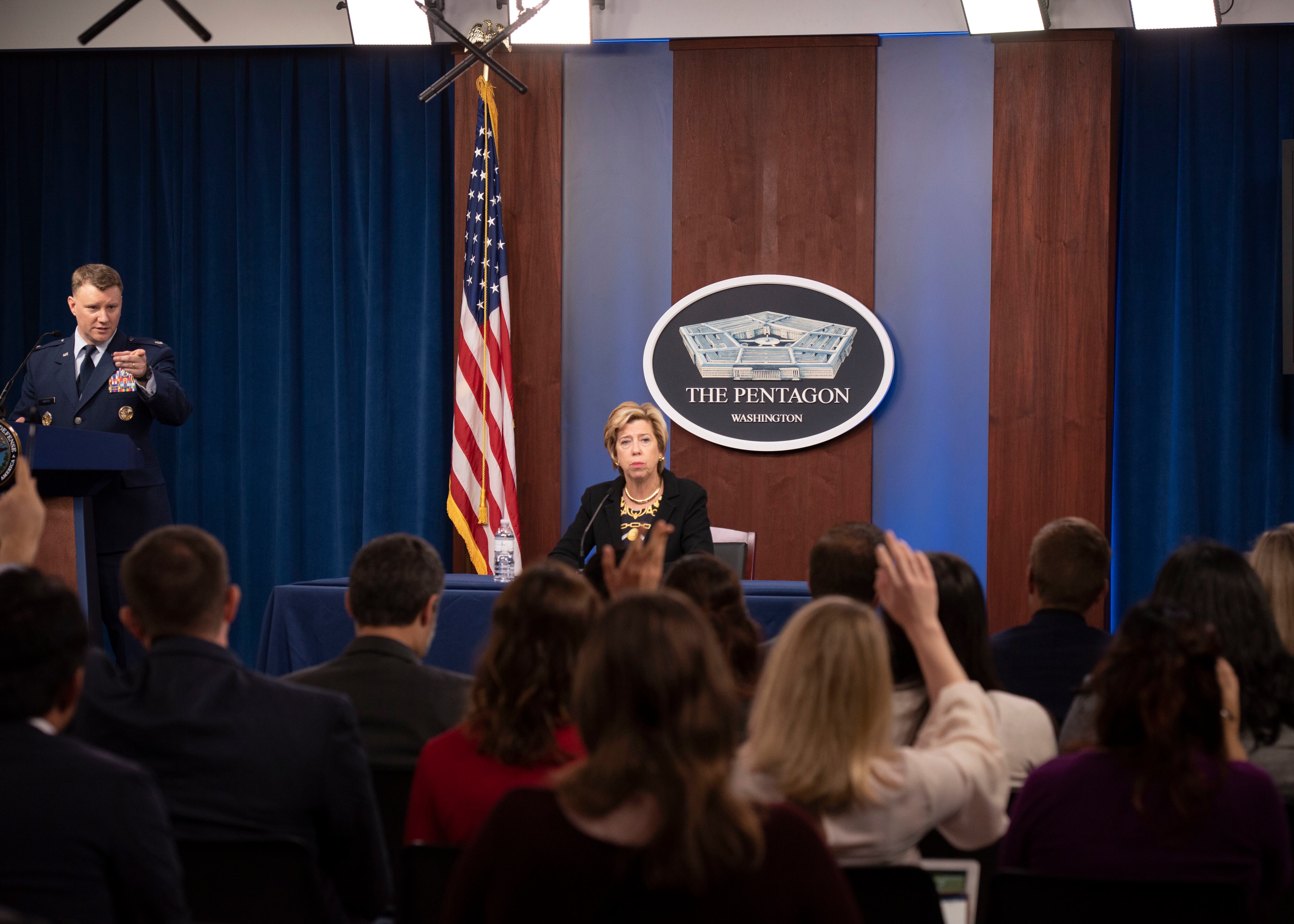WASHINGTON ― The National Armaments Consortium, along with the DoD Ordnance Technology Consortium and Army Contracting Command-New Jersey, is taking steps to fast-track their armament prototyping efforts, it was announced Thursday.
A year after the Army’s high-profile reorganization to more quickly field cutting-edge weapons technologies, the Charleston, South Carolina-based National Armaments Consortium ― made up of 900 companies and academic institutions ― wants to better sync with both the government’s increased demand and its actual bandwidth for turning research into prototypes.
Pentagon modernization efforts have prioritized, in recent years, long-range precision fires, hypersonic and extended-range missiles, and anti-jam GPS devices ― all of which fall in the lane of the armaments consortium, said National Armaments Consortium Executive Director Charlie Zisette.
“Armaments is kind of where the rubber hits the road for our war fighter because we’re dealing with everything in the kill chain, protection and survivability,” Zisette told Defense News. “All of these things created a fairly large demand signal for modernization of our systems and components.”
The 20-year-old NAC is one of a growing number of Pentagon-sponsored consortia that work to translate the government’s notional requirements into technological breakthroughs and business opportunities.
Consortia members will work with the government through collective “other transaction agreements” or “other transaction authorities.” These OTAs have become a popular tool to allow the government to communicate more openly about its needs and to work with nontraditional defense contractors whose innovations the Department of Defense wants to harness.
RELATED

According to Zisette, the NAC has 650 active projects at various stages to solve tough problems like developing a new heat-resistant composite material, new types of explosives and a complex long-range precision artillery system. So far this year, its efforts have led to 150 new-start acquisition programs, half awarded to “non-traditionals.”
Historically, the NAC would release one annual solicitation based on government requirements, and host one annual collaboration event for NAC members to tout their technologies and ask government representatives about requirements. NAC also hosts a members-only online collaboration portal along similar lines.
But something had to change. Amid the DoD’s modernization efforts, the NAC has grown such that there would be 350 government solicitations and upward of 1,400 whitepapers, almost simultaneously. It was a “huge bow wave” that overwhelmed the procurement, legal and program staffs involved, Zisette said.
“It became too much for the Department of Defense, so we were seeing our award-cycle times getting stretched out,” he said. “We realized we had to level that workload out: put in more agreements officers and contracts specialists so we could ... get quickly through the process itself.”
The NAC unveiled Thursday it will initiate faster deadlines to develop prototypes, but it will also move to monthly solicitation releases and three virtual collaboration events per year instead of one.
Other consortia will often either deal with requirements on an annual or ad hoc basis, meaning they’re emailed out as they’re developed. To Zisette’s knowledge, no other DoD-sponsored consortia have monthly solicitation releases like the NAC is planning, but the idea for tri-annual events was something Zisette borrowed.
“The total model will be a pathfinder,” he said, “but absolutely leveraging some of the best practices and input from across the department.”
Joe Gould was the senior Pentagon reporter for Defense News, covering the intersection of national security policy, politics and the defense industry. He had previously served as Congress reporter.








